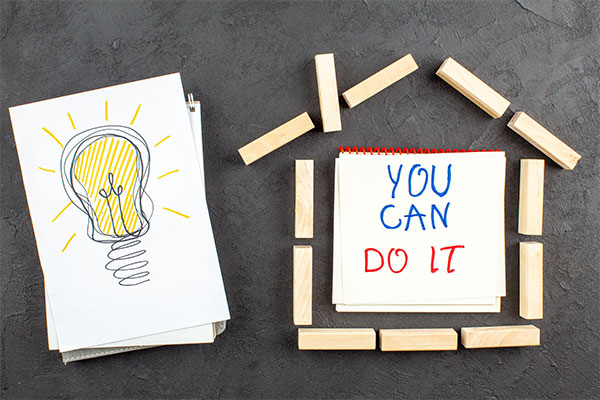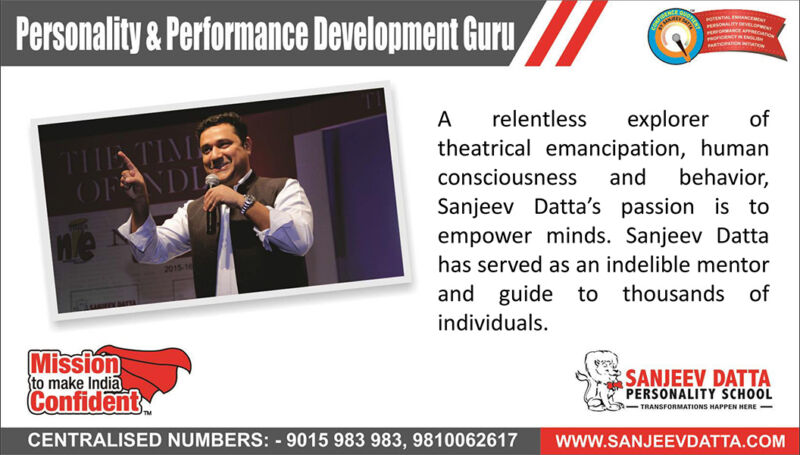In today’s fast-paced and interconnected world, collaboration has become essential for driving innovation, solving complex problems, and achieving organizational success. Building collaborative teams is a strategic endeavor that requires careful planning, effective communication, and a supportive environment. Here are some key strategies through which we will understand how to build collaborative teams.
1. Establish shared objectives:

Collaborative teams function best when they have a common set of goals that align with the organization’s larger vision. Communicate these objectives to your team members and emphasize the importance of the team’s accomplishments for the company. When the project’s end goal is compelling, team members are more likely to remain motivated throughout the collaboration, ensuring innovative and customer-centric outcomes.
2. Set clear expectations:

When stating goals, clearly define the roles and responsibilities of each team member and specify the level of collaboration required. Establish expectations regarding the frequency of brainstorming meetings, attendance requirements, and what contributions are expected from everyone. Clear expectations help team members understand how to contribute effectively and minimize misunderstandings that can hinder progress.
Visit: adaptability skills in workplace
3. Focus on individual strengths:

Collaboration allows team members to work together on tasks that would otherwise be handled individually. Take the opportunity to discover the unique strengths and weaknesses of each team member. Use personality quizzes and team-building exercises to identify these qualities. Assign tasks that leverage each person’s strengths, fostering a sense of appreciation and maximizing collaboration.

4. Encourage fresh ideas:

In a healthy collaborative environment, all team members’ ideas should be heard and considered. Each individual brings a unique perspective that can shed new light on challenges. Foster open discussions and maintain a positive attitude about the group’s progress to cultivate an innovative mindset. Avoid dismissing problems as unsolvable, as patience and perseverance often lead to excellent solutions.
Cultivate trust: Trust is crucial for effective collaboration. A lack of trust can lead to doubt and unproductive disagreements among team members. Show confidence in your team’s abilities and demonstrate a genuine interest in their ideas. Establish an accepting attitude that encourages open communication. Address and resolve interpersonal conflicts collaboratively, which builds trust and minimizes interruptions to the brainstorming process.
5. Build upon existing relationships:

Forming an effective team from strangers can be challenging. Start by including a few employees who already have a good rapport, as their clear communication can serve as an icebreaker for others. However, be cautious not to create subgroups that isolate certain team members and hinder inclusive decision-making. Strike a balance between established relationships and incorporating new members.
6. Limit unnecessary meetings:

While meetings are essential for collaboration, excessive meetings can impede productivity. Find the right balance by only scheduling necessary meetings. Use group emails for sharing small updates, and reserve face-to-face gatherings for important discussions, project planning, milestones, and focused collaboration.
7. Recognize and celebrate collaboration:

Positive reinforcement is a powerful tool for promoting collaboration. Celebrate and acknowledge your team’s collaborative efforts through group emails, announcements during team meetings, or even bonuses for successful partnerships. Recognizing and rewarding collaboration encourages continuous improvement and serves as a model for others.
8. Foster informal gatherings outside of work:

Organize casual get-togethers outside of the workplace to enhance team relationships. Although some employees may prefer to keep work and personal lives separate, informal gatherings and personality development training provide an opportunity for team members to connect on a more personal level. These gatherings humanize colleagues, promote healthier communication, and strengthen camaraderie, ultimately leading to better collaboration and more enjoyable meetings. Start with small events and gradually expand based on team members’ interests and availability.
9. Foster Open Communication:

Open and transparent communication is the lifeblood of collaboration. Create an environment where team members feel safe to express their ideas, opinions, and concerns. Encourage active listening and ensure that everyone’s voice is heard and valued. Establish regular channels for communication, both formal and informal, to facilitate the exchange of information and ideas.
Visit: social networking skills
10. Promote Trust and Psychological Safety:

Trust is the cornerstone of effective collaboration. Build trust among team members by promoting honesty, reliability, and accountability. Encourage a culture of psychological safety, where individuals feel comfortable taking risks, sharing their perspectives, and learning from mistakes without fear of judgment or retribution. Trust and psychological safety enable teams to explore innovative solutions and engage in constructive debate.
11. Embrace Diversity and Inclusion:

The best corporate coach in India will help you bring many perspectives, experiences, and expertise. Embrace diversity and foster an inclusive environment where every team member feels valued and respected. Recognize and leverage the unique strengths and talents of each individual. A diverse team that embraces inclusion can generate more creative and comprehensive solutions.
Building collaborative teams is an ongoing process that requires a combination of strategic planning, effective communication, and a supportive culture. By establishing a shared vision, promoting open communication, fostering trust, embracing diversity, and providing the necessary tools and resources, organizations can create teams that thrive on collaboration. Remember, successful collaboration leads to innovative solutions and improved performance and enhances employee engagement, satisfaction, and overall organizational success. Hope this article has helped you understand how to build collaborative teams.
Why Sanjeev Datta Personality School?
For the past two decades, Sanjeev Datta has served as an indelible mentor, philosopher and guide to thousands of individuals. A recognized authority in leadership development, theatre-induced-confidence building measures and inculcation of peak performances; Sanjeev Datta has consistently been working towards humanitarian endeavors. He even invented the unique and rare Theatrical Action Method (TAM) to boost confidence in kids/individual.
He is the formulator of unique & scientific “Theatrical Action Method” for personality transformation & personal development that helps in boosting confidence and transforming personality.
For more, contact us now!


